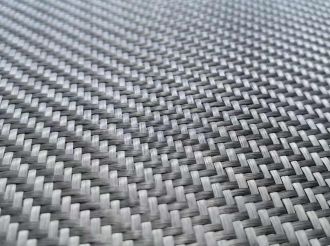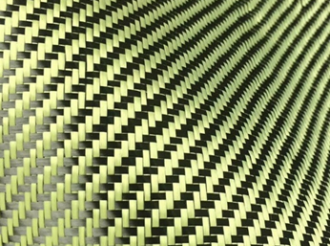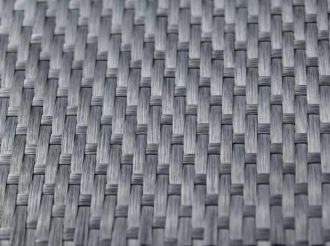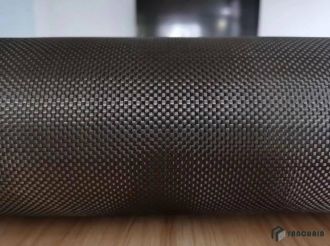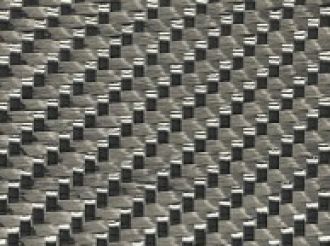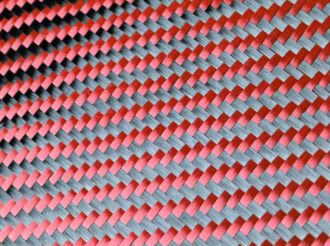The global aramid fiber market size is expected to reach USD 7.488 billion by 2030
- 2022-08-05
The global aramid fiber market size was valued at USD 3.748 billion in 2021 and is expected to reach USD 7.488 billion by 2030, growing at a CAGR of 8.2% during the forecast period from 2022 to 2030.
Introduction to Aramid
Aramid fiber is a synthetic organic polymer made by twisting a liquid crystal replacement of a long-chain polymer material in concentrated sulfuric acid (para-aramid). Intermolecular hydrogen bonds hold the molecules of this fiber together, making it incredibly stable and durable, able to withstand high temperatures, abrasion, organic solvents, and high melting points. It is primarily used in the production of thermal insulation, safety equipment for firefighters, racers and military personnel, as well as in the production of thermal applications for aerospace and automotive equipment. In the construction industry, aramid fibers are used to manufacture fiber-reinforced cement and highly corrosive thermoplastic pipes, extending the life of piping systems and reducing maintenance costs.
Aramid is a heat-resistant and extremely stiff synthetic fiber. They consist of molecular chains aligned in the direction of the fibers, resulting in covalent bonds that are much larger than those typically obtained. Its high fatigue resistance can be used in a variety of applications, including reinforcing composites used in military protective gear, sports equipment, and aircraft. Aramid is an aromatic polymer material with a much higher modulus of elasticity than conventional polyamide fibers.
The impressive strength of aramid fibers is as strong as steel or any other metal, making them a key material in a variety of applications including, but not limited to, the automotive, weapons, aerospace and marine industries. Rising demand for lighter, stiffer, and more durable ropes and wires to lift heavier payloads and reach greater depths is expected to drive the aramid fibers market throughout the forecast period. The high-performance properties of aramid fibers, such as high tensile strength and small and lightweight dimensions, will increase its demand in the leisure, offshore and mining industries.
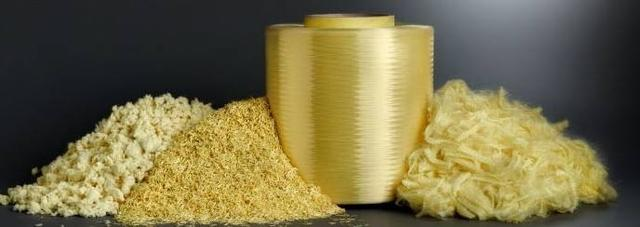
Global Aramid Market Growth
The rapid adoption of lightweight, highly heat-resistant materials in security and defense applications has had a significant impact on the growth of the aramid fiber market. In line with this, the growing demand for lightweight materials capable of significantly reducing vehicle emissions is a key indicator for the growth of the aramid market in the coming years.
Furthermore, potential substitutes for steel and asbestos, and increasing asymmetric warfare are driving the growth of the aramid fiber market. The main driving force for the market growth is the increasing demand from the aerospace and automotive industries. In addition to this, the growing demand for the product in oil and gas production, healthcare, and other sectors owing to stringent government regulations related to workplace safety has propelled the aramid fiber market.
However, high R&D costs and the non-biodegradable way of aramid fibers are likely to be the key restraining factors for the growth rate of aramid fibers market in the projected timeline from 2022 to 2030. Furthermore, growing demand for national security, rising military spending, and continued focus on improving the production technology of aramid materials will provide extensive growth opportunities for the aramid fiber market during the forecast period.
Regional Overview of Aramid Fiber Market
North America, Europe, Asia Pacific, Latin America, and Middle East & Africa are the regional classifications of the global aramid fiber market. The Asia Pacific market is expected to grow at the fastest rate during the forecast period. It is expected to expand due to the increased use of safety and protection measures in a wide range of industries. Rapid urbanization and industrialization, demand for internet connectivity in developed economies, and strengthening and development of the telecommunications industry are also expected to drive product demand in Asia Pacific. Rising defense spending in major economies such as China and India due to heightened regional tensions may provide opportunities for market growth. Asia Pacific is the fastest growing region in the global market due to the expanding heavy industry, aviation and armed services sectors in the region.
Aramid Fiber Market Players
Some of the major players involved in the aramid fiber industry globally include Teijin Co., Ltd., Cologne Industries Co., Ltd., DuPont Corporation, Huvis Corporation, SRO Aramid (Jiangjin) Co., Ltd., Kermel S.A, Yantai Taihe, Hyosung Corporation, Toray Chemical Korea Co., Ltd. company and China Bluestar (Group) Co., Ltd.
